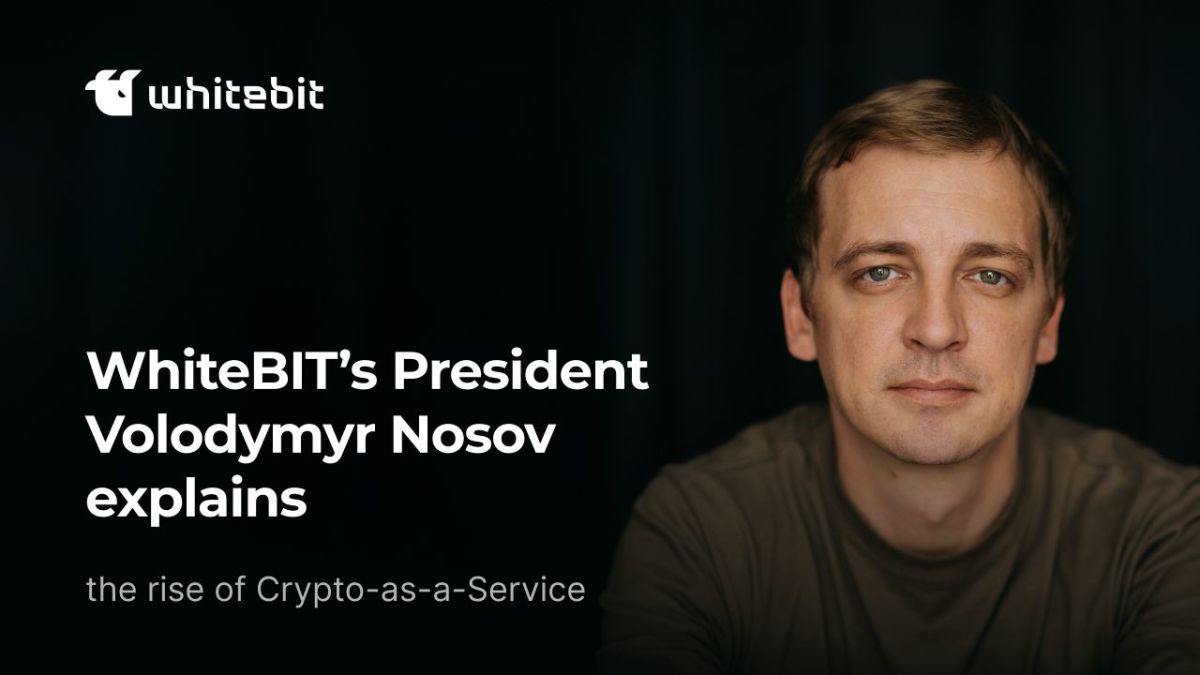Crypto-as-a-Service: The Game-Changer Reshaping Traditional Finance

The financial landscape is undergoing a seismic shift. Traditional financial institutions (TradFi) are facing unprecedented pressure to embrace the burgeoning world of cryptocurrency. However, integrating crypto isn't simply about adding a few digital assets to a portfolio; it's about fundamentally rethinking how financial services are delivered. Enter Crypto-as-a-Service (CaaS) – a rapidly evolving model poised to revolutionize the industry and become a core component of future financial offerings.
The Pressure is On: Why TradFi Needs Crypto
Several factors are driving this change. Firstly, customer demand is soaring. Millennials and Gen Z, digital natives comfortable with blockchain and cryptocurrencies, are actively seeking financial products that incorporate these assets. Secondly, the competitive landscape is intensifying. Fintech companies, unburdened by legacy systems, are rapidly gaining ground by offering innovative crypto-based services. Finally, regulatory clarity, while still evolving, is providing a more stable environment for crypto adoption.
What is Crypto-as-a-Service (CaaS)?
CaaS provides TradFi institutions with the tools and infrastructure they need to integrate crypto offerings without the enormous upfront investment and technical expertise typically required. It’s essentially outsourcing the complexities of blockchain technology. Think of it as a 'plug-and-play' solution, allowing banks, brokerages, and asset managers to offer crypto trading, custody, lending, staking, and other services with relative ease.
Key Benefits of CaaS for TradFi
- Reduced Costs & Time to Market: CaaS eliminates the need for costly in-house development, significantly reducing time to market for new crypto products.
- Enhanced Security & Compliance: Reputable CaaS providers prioritize security and regulatory compliance, mitigating risks for TradFi institutions.
- Scalability & Flexibility: CaaS solutions are designed to scale with demand and adapt to evolving regulatory landscapes.
- Focus on Core Business: By outsourcing crypto infrastructure, TradFi institutions can focus on their core competencies – client relationships, risk management, and regulatory oversight.
The Future of Finance: A Hybrid Approach
The future of finance isn't about crypto replacing traditional systems entirely. It’s about a hybrid approach, where TradFi and DeFi (Decentralized Finance) converge. CaaS is the bridge that facilitates this convergence. We’re likely to see banks offering crypto-backed loans, brokerages providing access to a wider range of digital assets, and asset managers incorporating crypto into their investment strategies – all powered by CaaS solutions.
Challenges and Considerations
While CaaS offers significant advantages, there are challenges to consider. Selecting the right CaaS provider is crucial. Institutions must carefully evaluate security protocols, regulatory compliance, and the provider’s track record. Furthermore, integration with existing legacy systems can be complex and require careful planning.
Volodymyr Nosov's Vision
Visionaries like Volodymyr Nosov are at the forefront of this transformation, championing the potential of CaaS to democratize access to crypto and reshape the financial industry. His insights highlight the importance of collaboration between TradFi and the crypto ecosystem to build a more inclusive and innovative financial future.
In conclusion, Crypto-as-a-Service is not just a trend; it's a fundamental shift in how financial services are delivered. As regulatory clarity improves and adoption continues to grow, CaaS is poised to become an indispensable component of the modern financial landscape, paving the way for a new era of innovation and accessibility.






